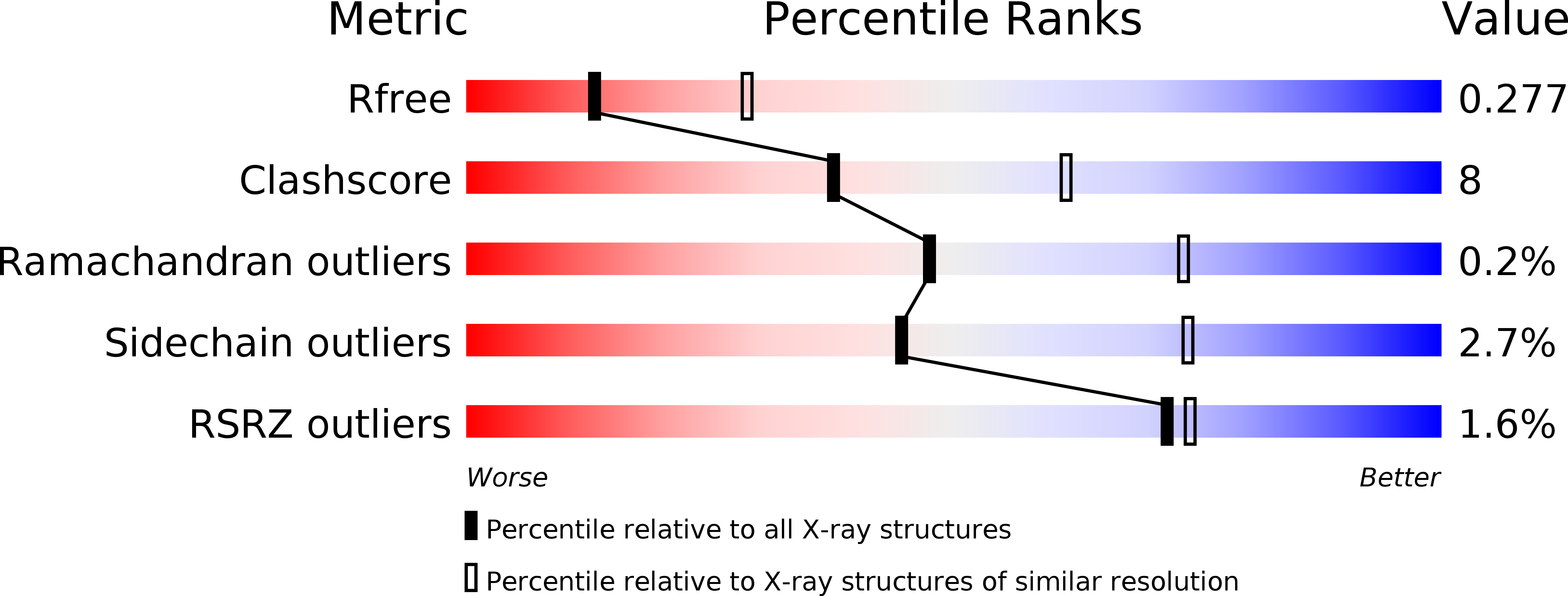
Deposition Date
2016-07-21
Release Date
2017-05-10
Last Version Date
2024-03-20
Entry Detail
PDB ID:
5GNJ
Keywords:
Title:
Structure of a transcription factor and DNA complex
Biological Source:
Source Organism:
Arabidopsis thaliana (Taxon ID: 3702)
synthetic construct (Taxon ID: 32630)
synthetic construct (Taxon ID: 32630)
Host Organism:
Method Details:
Experimental Method:
Resolution:
2.70 Å
R-Value Free:
0.27
R-Value Work:
0.20
R-Value Observed:
0.20
Space Group:
P 1 21 1


